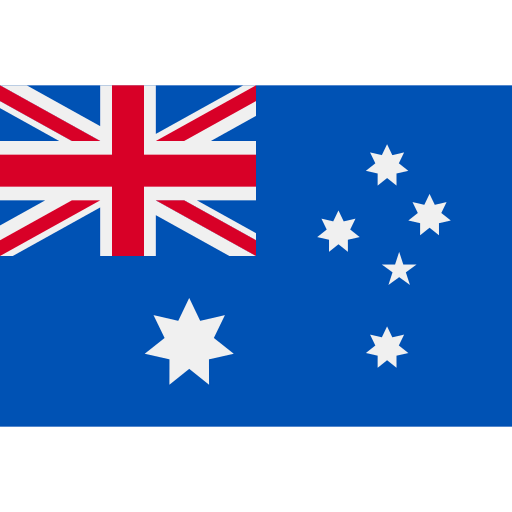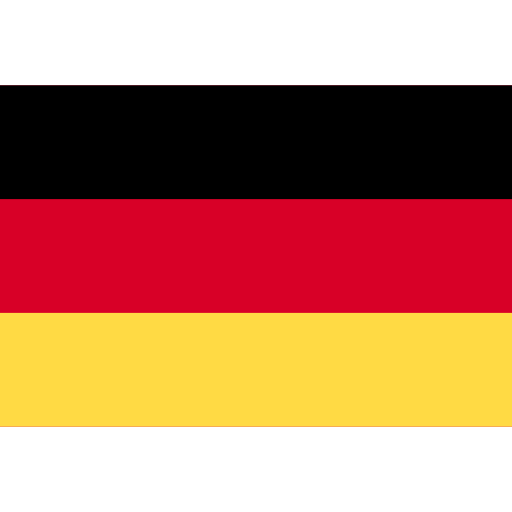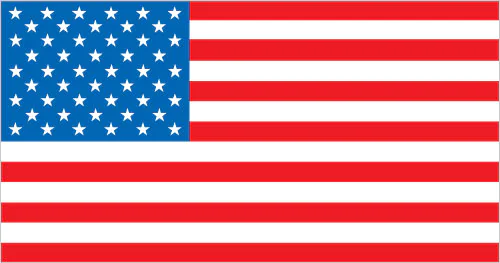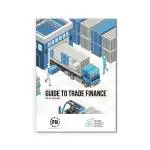Recourse and Non-Recourse Trade Finance

This content was produced in conjunction with ITFA.
Access trade, receivables and supply chain finance
We assist companies to access trade and receivables finance through our relationships with 270+ banks, funds and alternative finance houses.
Get StartedContents
Trade finance consists of financial instruments that make it easier for businesses to engage in international trade and commerce. The goal of trade financing is to eliminate the risks associated with international trade by providing suppliers and buyers protection against currency fluctuations, non-payment and political instability. It is important to note that trade financing can be with or without recourse. Both recourse and non-recourse trade financing options are widely used but which one is more appropriate for you depends on several factors.

Key Differences between Recourse and Non-Recourse Trade Financing
- Right to seize assets: ‘With recourse’ financing option allows the lender to seize assets of borrower that were used as collateral as well as other assets to recover their money if the borrower fails to pay the amount owed and the value of the collateral is insufficient to cover the full financing amount. In ‘Non-recourse’ financing the lender’s only source of recovery is the borrower’s collateral in case of default.
- Flexibility in loan structure: In general recourse trade financing offers more flexibility in terms of pricing and loan structure. Recourse financing requires full financial disclosure so that the lender can have a more holistic picture of the borrower’s financials. This in turn allows the lender to customize the financing according to the specific needs of the borrower.
- Collateral Constraints: Non-recourse lenders impose several restrictions on the borrower’s loan collateral as it is their only source of recovery in case of non-payment. These restrictions include the requirement that a proportion of cash flow generated from the collateral shall regularly flow into ‘impound accounts’ dedicated specifically for the collateral.
- Relationship between the borrowing and lending parties: Recourse financing is relationship-based, while non-recourse financing is a more rigid, transaction-based option.
Advantages of Recourse vs Non-Recourse Trade Finance
Non-Recourse Trade Finance
• More security for the borrower because non-recourse financing does not allow the lender to claim the borrower’s non-collateral assets.
• Protects the exporter from exchange rate fluctuations
• Certainty of payment and no long term worries of future claims or non-payment in relation to a facility or transaction.
Recourse Trade Finance
• Offers more flexibility in terms of pricing and the possibility to change terms of financing during the term.
• Interest payments are likely to be lower than non-recourse financing options.
• From the point of view of a lender, recourse financing is more secure as the lender has the right to seize assets beyond the collateral.
Drawbacks of Recourse and Non-Recourse Trade Financing
Non-Recourse Trade Finance
• Offers borrower’s less flexibility in terms of pricing and loan structure.
• Interest payments are likely to be much higher than for recourse trade financing or commercial loans.
• A proportion of cash flows generated by the collateral will diverted to impound accounts. This can create cash flow issues for the borrower.
Recourse Trade Finance
• Offers less security to the borrower in case of default as the lender can seize not just the collateral but also other assets.
• Ongoing management of recourse financing might become very difficult if there are disputes between the borrower and the lender.
• Recourse financing can sometimes be over secured and leaves the borrower with losing considerable value, if a facility defaults.
Securing Non-Recourse Trade Finance
It is clear that a significant portion of the risk falls on the lender in the case of non-recourse trade financing. Non-recourse financing is, hence, more difficult to obtain. Lenders typically look at the following factors before approving non-recourse trade financing:
- Earning potential and history of the borrower’s loan collateral.
- Credit scores of the borrower.
- Liquidity and profitability metrics of the borrower.
- Management’s credentials.
What are ‘Bad Boy Carve Outs’ Associated With Non-Recourse Trade Financing?
Non-recourse trade financing provides security to borrowers but that security is guaranteed only if the borrower agrees to abide by a clause referred to as ‘bad boy carve outs’. If this clause is triggered, the non-recourse financing becomes recourse, allowing the lender to go after any of the borrower’s assets. Depending on the drafting and jurisdiction, a ‘bad boy carve outs’ clause may be triggered if the borrower, for example:
- Refuses to pay property tax.
- Misrepresents financial strength of the business.
- Gets involved in fraudulent activities.
- Fails to maintain sufficient insurance coverage on the collateral.
FAQs on Recourse vs Non-Recourse Trade Finance
- If I am planning to hold my property which serves as the financing collateral for a long time, which financing option is better?Answer: Non-recourse trade financing.
- I am comfortable providing personal recourse for repayment. Which financing option should I use?
Answer: Recourse trade financing. - I expect to change trade financing terms over the next year. Should I opt for non-recourse trade financing?
Answer: The management of non-recourse trade financing is usually handled by a third-party service that strictly follows a servicing agreement. Borrowers, therefore wishing to modify terms of financing should opt for recourse trade financing.
Our trade finance partners
- Trade Finance Resources
- All Trade Finance Topics
- Podcasts
- Videos
- Conferences
- Products we finance




















